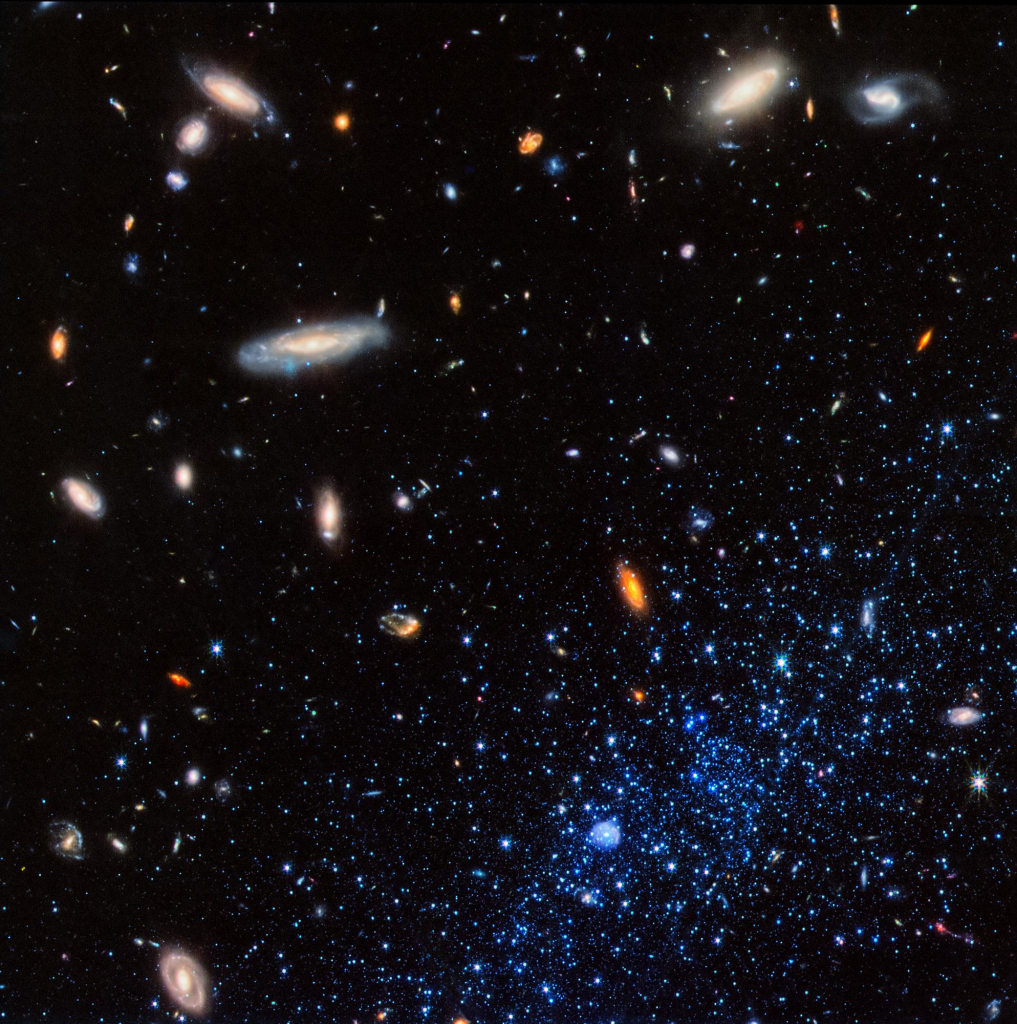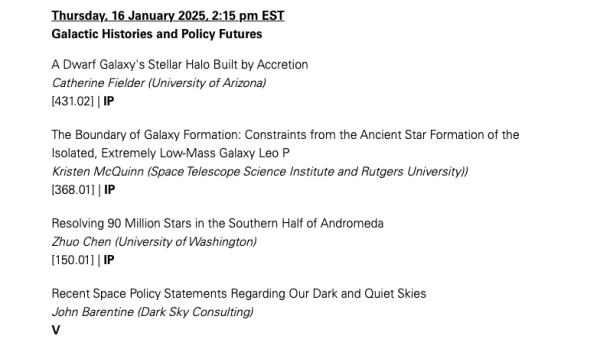Suche
Beiträge, die mit AAS245 getaggt sind
Dwarf galaxy Leo P—the clustering of blue stars at lower right—has an oddball history. After an early burst of star formation, its star production shut down. But unlike most dwarf galaxies, star formation reignited and continues today: https://bit.ly/4j6OgIQ #AAS245
Later today (around 2:35pm EST/1935 UTC), I will present in a @aas_office press briefing on recent space policy statements by the AAS Committee for the Protection of Astronomy and the Space Environment (COMPASSE). The event will be livestreamed on: https://www.youtube.com/c/AASPressOffice
#Space #SpacePolicy #Astronomy #AAS245 #Media
#Space #SpacePolicy #Astronomy #AAS245 #Media
AAS Press Office
The YouTube channel of the American Astronomical Society's Press Office, managed by AAS Press Officer Dr. Susanna Kohler.YouTube


